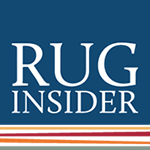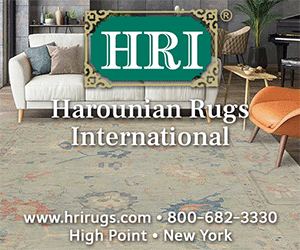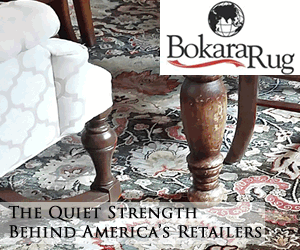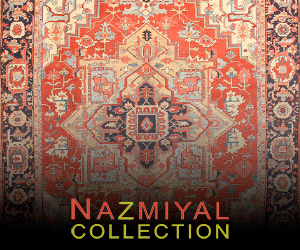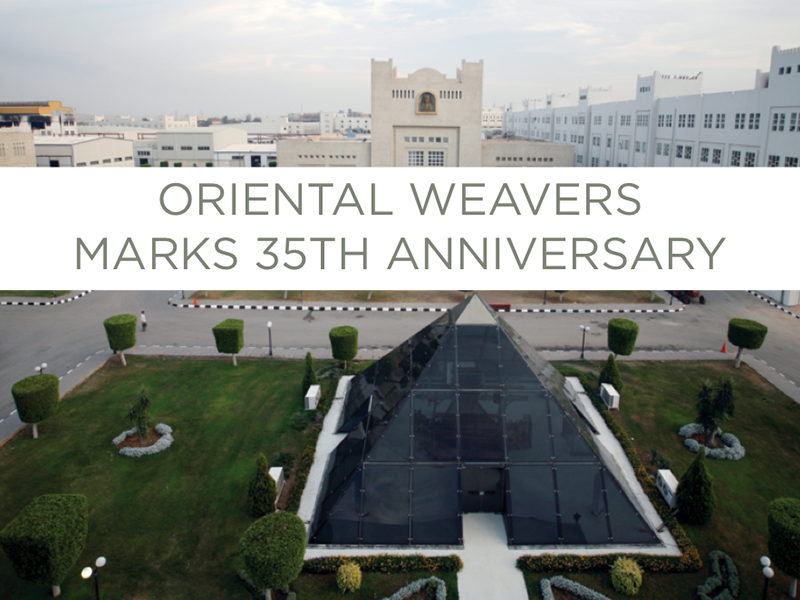USA division of global operation celebrates ongoing legacy as area rug industry’s key resource
This year marks a major milestone for not just one company but the global rug industry as a whole. Oriental Weavers USA is turning 35, and this domestic division of its Egypt-based parent has much to celebrate about its role and relevance over the past three and a half decades—and counting.
But among the most noteworthy is the company’s omnipresence within the floor coverings industry. A ubiquitous source of raw materials and finished fashion products—which span performance-driven machine-made woven, printed and tufted varieties to hand-crafted natural fiber luxury styles, Oriental Weavers is the Kevin Bacon of rugs. Look, and you’ll find just one degree of separation—maybe two degrees, tops—between the company and its fellow category players.
“We are the biggest manufacturer of area rugs in the world, with over 220 looms compared to our closest competitor, who only has about 130 looms,” noted Jonathan Witt, president. “Our manufacturing capacity is so massive that not only do we develop and design products for our own businesses but also for many, many other importers worldwide across the industry.”
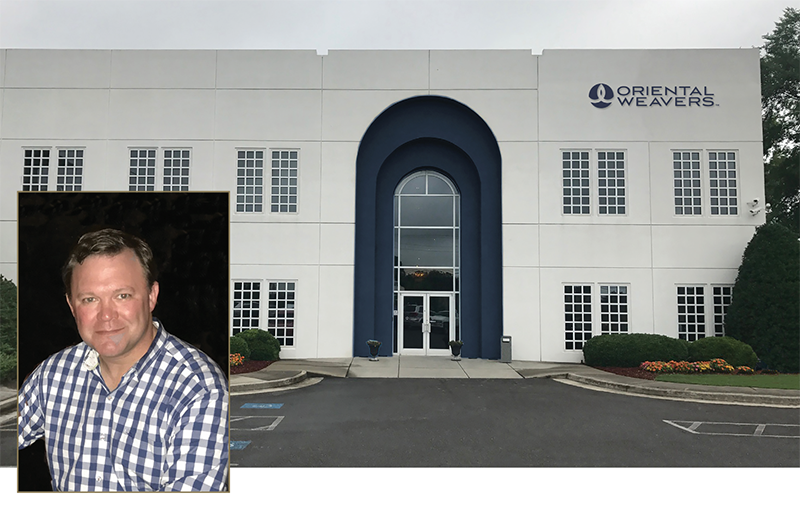
Oriental Weavers USA, the domestic division of the global organization, opened its doors in Dalton, Ga., in 1989. Jonathan Witt (pictured above) has been President of Oriental Weavers USA since Spring 2017.
The world’s largest manufacturer of woven and printed area rugs, parent company Oriental Weavers was founded in Cairo in 1978. And its U.S. division ranks at the top among its domestic-based counterparts.
“We are a vertically integrated company, from petroleum to polypropylene pellet production, fiber extrusion to design, and weaving/tufting/printing to finishing.” ~ 2024 Company Overview Report
Oriental Weavers USA started manufacturing in 1994 when it launched its plant in Dalton, Georgia on the heels of opening its U.S.-based distribution center in 1989. Currently, 30 percent of its product is produced in the U.S.; 60 percent is made in Egypt by its parent company; and 10% in Asia, specifically China and India.
Witt has been president of Oriental Weavers USA since Spring 2017, and part of the company for the past 27 years. In that time, he has steered the operation through arguably more and greater changes than any of his predecessors. Witt has led the business through the evolution of e-commerce and the many changes it influenced across traditional retail, fostered the development of innovative products that set new standards in quality and performance, and adapted operations to pivot amid the pandemic’s ongoing effects, to name a few.
“Operationally, the business model is very different than it was 25 years ago,” Witt said. “Back then, the majority of brick-and-mortar stores held inventory and used samples on the selling floor. Then the internet came and quickly created the expectation of drop shipments to the stores or directly to consumers’ doors.”
“Today, at least 50 percent of our customers want us to inventory the goods in our warehouses and ship them out when needed. It’s been one of the biggest changes we’ve faced in recent years.“
Consider what drop-ship programs have done to Oriental Weavers USA’s physical footprint, he explained. The company has grown up and out, stacking more space onto existing sites and strategically building new locations in key locations for quicker and more efficient deliveries.
“Our warehousing space is at least two and a half times the size of what it was in 2008 during the then-economic downturn,” he explained.
Maintaining its leadership position has also come via the company’s focus on product innovation. Two key drivers that continue to lead the effort are the development of high-performance yarn systems and the launch and expansion of the outdoor rug category.
“The outdoor category was nonexistent 25 years ago,” Witt noted. “What propelled us and set us apart from everyone else was that Mr. Mohamed Farid Khamis, our company’s founder, got us the industry’s very first looms that could produce these kinds of new textures and qualities in area rugs. We had the exclusive capabilities to open the category and lead the way. And today, we are the largest manufacturer of indoor/outdoor area rugs.”
Supporting this and other product segments, like the growing ultimate performance rugs category which continues to rise as a percentage of sales, is Oriental Weavers’ in-house petrochemical operation, “which allows us to make our own polypropylene and nylon chips and control the quality so that we deliver what our customers expect,” Witt said.
“Our vertical integration has been core to our overall success,” he continued. “Having our own yarn operation means we promise consistency in quality and performance. When companies have to buy fiber from different sources, they run the risk of having to use different yarns that affect their products and ultimately disappointing customers.”
Innovation is also possible for the company thanks to its vertical status. “Our product development teams have been able to engineer proprietary polypropylene fibers that look like natural wool but are softer than anything else in the marketplace, plus many performance features and a broad spectrum of color options.”
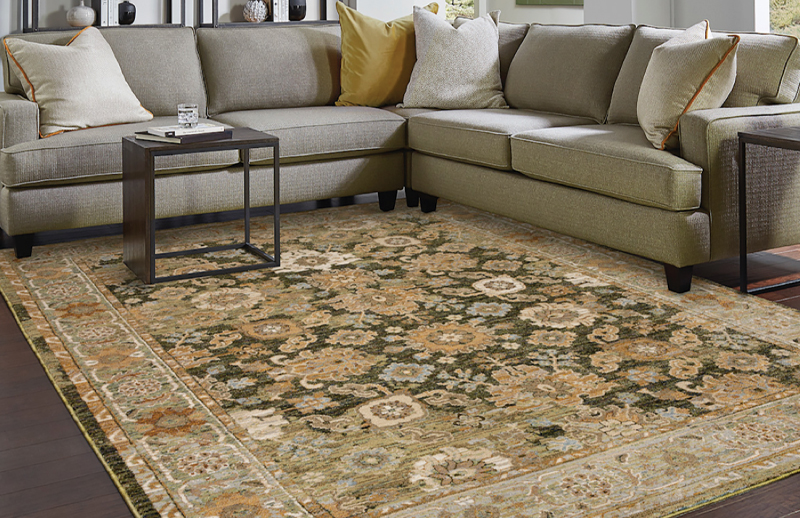
An example is the machine-made Andorra Collection (above), which originally made its debut in April 2016 with an unprecedented 212-color palette and a unique weave construction. It remains among the company’s best sellers, and is credited with being the inspiration for several other popular collections since then.
“Thanks to our strong foundation and diverse operations, we’ve created a robust middle market for area rugs across retail channels,” Witt explained. “We’ve made them accessible, affordable and versatile accessories for the home for a range of consumers.”
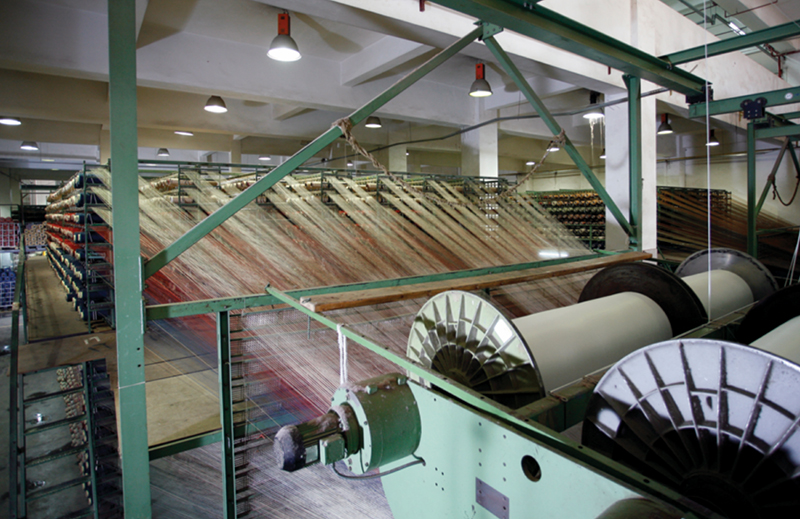
Oriental Weavers USA manufactures machine-woven, printed and tufted area rugs. The company has invested in state-of-the-art looms and equipment as well as expanded capacity to serve its robust retail and wholesale businesses.
From its perspective as an industry leader, Oriental Weavers values competition in its business landscape as a means of maintaining a healthy industry that promotes variety, vibrancy and diversity.
“No one should ever be 100-percent of anything,” Witt said. “It’s critical to the industry to have other players who offer niche products or special services. It’s important to celebrate not just our strengths but the strengths others bring to the table to make this industry thrive and prosper.”
IMAGES COURTESY OF ORIENTAL WEAVERS

